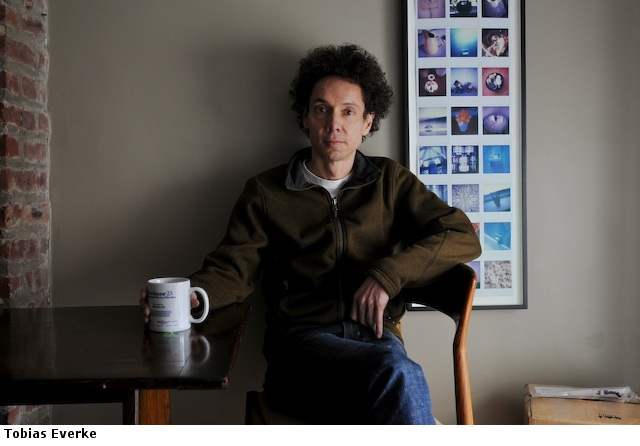Malcolm Gladwell is a very sharp guy, on a whole lot of topics (heck, he liked my book!). One of the most enjoyable reads of the past month is his point-by-point thrashing of Chris Anderson’s book Free in the New Yorker, which basically established that, all protests to the contrary, charging money is a better business than giving things away for free.
But in the course of this deconstruction, Malcolm made a pretty big arithmetic error that made it sound like Apple was on the verge of making the content it sells for its devices more important than the hardware itself:
“And there’s plenty of other information out there that has chosen to run in the opposite direction from Free. The Times gives away its content on its Web site. But the Wall Street Journal has found that more than a million subscribers are quite happy to pay for the privilege of reading online. Broadcast television—the original practitioner of Free—is struggling. But premium cable, with its stiff monthly charges for specialty content, is doing just fine. Apple may soon make more money selling iPhone downloads (ideas) than it does from the iPhone itself (stuff). The company could one day give away the iPhone to boost downloads; it could give away the downloads to boost iPhone sales; or it could continue to do what it does now, and charge for both.”
Actually, Apple is really, really far away from making more money selling iPhone downloads than from the iPhone itself. Let’s take the most recent data we have.
While those figures sound close (App Store looks halfway there!), they’re incredibly off the mark. For one thing, the iPhone hardware revenue is for a three month period, and the app downloads are for more than a year. On top of that, the app download count includes free apps. On an extremely conservative basis, let’s guess people download five free apps per paid one they invest in (I actually do more like 10 to 1, but play along). So let’s imagine Apple has sold 250 million paid apps, one-sixth of the total. Now we need to calculate the average price of those apps. I’ll high-ball it and call it $3 per app, even though it’s almost certainly less — 99-cent apps overwhelm the $9.99 apps on the App Store to such a degree it’s staggering.
So what do we end up with? $750 million in cumulative revenue, maximum, from the iPhone store. Or do we? In fact, Apple only gets 30 percent of App Store sales money, meaning the company has taken in revenue of no more than $225 million over the last year. Which means, if you’re following at home, that Apple has, in the last three months, gotten 15 times more money from iPhone hardware than it has in the last 13 months from iPhone software. To catch up, the App Store’s revenue would need to increase to 3,187.5 6,375 percent of current levels. That’s all.
That’s a long shot from being overtaken soon, and I can’t imagine anyone has a curve showing software on a trajectory to overtake hardware any time soon, as higher software revenue depends on greater hardware sales.
Take another example: iPods. Apple updated us yesterday to let us know the company has sold more than 8 billion songs through iTunes to this point. Very impressive. Multiply that figure by 95 cents (album purchases throw in bonus tracks to drag down per-song charges), and you get a hefty $7.6 billion in gross revenue. Of course, again, Apple gets a much smaller cut of that, at most 30 percent, meaning it’s gotten no more than $2.28 billion in the lifetime of the iTunes store’s music collection. That’s a lot of money — and Apple earned more than that from iPod sales last Christmas quarter alone. More money — in one-twentieth the time.
Gladwell’s dead on the money that Apple thrives by charging for everything that it does rather than making either side of the house free. But let’s not kid ourselves — the company’s hardware is the cash cow.
Updated numbers courtesy of reader DeadParrot:
“Actually the real numbers are ever more dramatic.
Apple iPhones were $1.69 billion using GAAP (Subscription) accounting, where income from iPhones and AppleTV’s are stretched over 24 months.
Using non-GAAP accounting (what they actually sold), Apple was $1.405 billion higher. (https://www.apple.com/pr/library/2009/07/21results.html – net sales number near the end). Since 98% of that are iPhones, actual iPhone sales were about $3.08 billion.”



